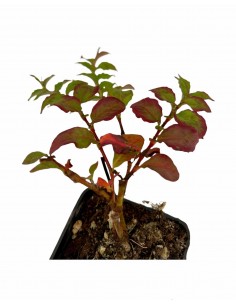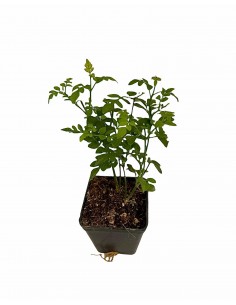copy of Peach Tree Percoca
General Percoca Peach Tree:
Percoca peach, also known as percocca or pescocca, is a compact and sticky yellow-fleshed peach variety. They are particularly known for their cultivation in Campania, Puglia and Calabria. They are the classic peaches that are used to prepare canned fruit, juices and flavored wine.
- jar 16cm, height 120/160cm
- jar 22cm, height 150/170cm
Sale Percoca Peach Tree, available in the following formats:
- jar 16cm, height 120/160cm
- jar 22cm, height 150/170cm
General Percoca Peach Tree:
the Percoca peach is a variety of peach with compact, yellow or white pulp and sometimes diffused with red, not strong, that is, with the core firmly attached to the pulp, which are grown in different Italian regions. Due to the intensity of the flavor and aroma and the compactness of the pulp, the percoche are often synonymous with "industrial peaches", suitable for the production of the best peach derivatives: juices, passatis, pulp and fruit in syrup. On the other hand, the adhesion of the pulp to the core is such as to force it to be detached with the knife. The name percocca and the orange color of the fruit has led to false belief, especially in northern Italy, where the product is less common, whether it is a hybrid between peach and apricot; but percoca is actually a peach in all respects. It is true that the precocious, percoca and percocca forms are allotropic of the word apricot, all going back to the Latin adjective PRAECŎQUUS, that is primaticcio.
Cultivation and Care Peach Tree Percoca:
The Peach tree is very resistant and does not fear low temperatures or direct sunrays. The peach tree needs abundant irrigation and the soil in which it is grown must always have a fairly high humidity rate. The water allows the peach tree to have all the nutritional properties necessary for a correct flowering and therefore for the birth of more juicy fruits. It is important that irrigation is therefore very abundant especially during the hottest summer months and it is also possible to enrich its nourishment with the administration of mineral salts through specially made fertilizers to be administered both at the end of winter and in the period immediately preceding its vegetative restart.

















